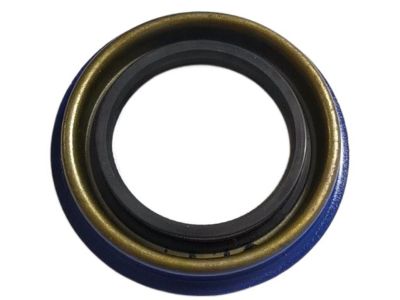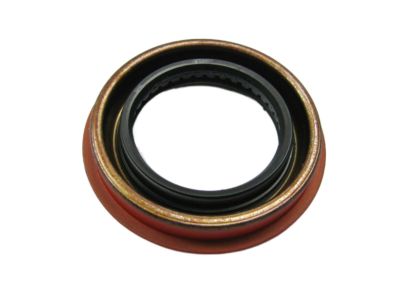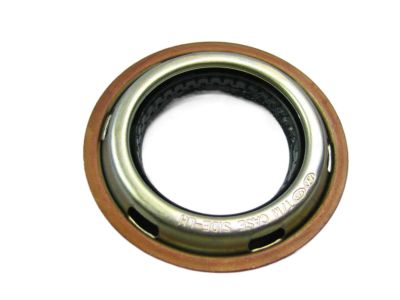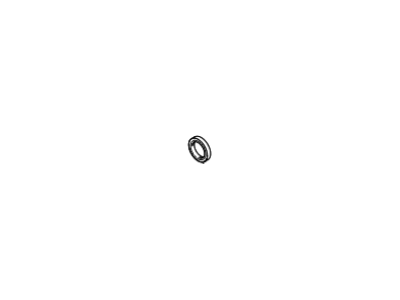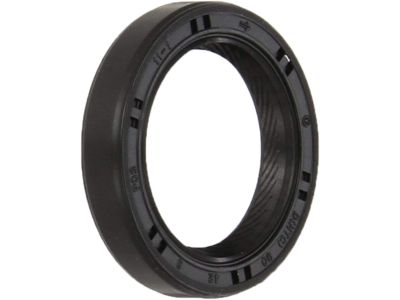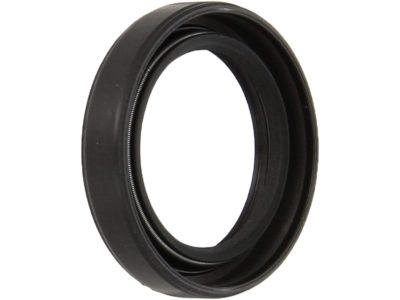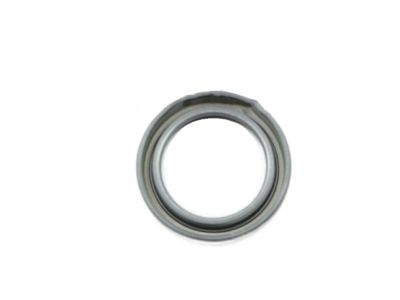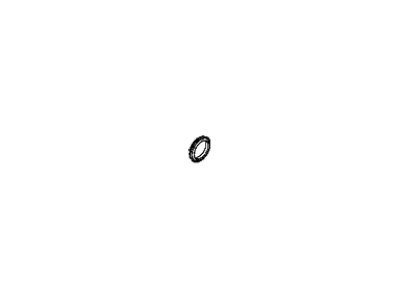×
- Hello
- Login or Register
- Quick Links
- Live Chat
- Track Order
- Parts Availability
- RMA
- Help Center
- Contact Us
- Shop for
- Kia Parts
- Kia Accessories

My Garage
My Account
Cart
Genuine Kia Sorento Camshaft Seal
Cam Seal- Select Vehicle by Model
- Select Vehicle by VIN
Select Vehicle by Model
orMake
Model
Year
Select Vehicle by VIN
For the most accurate results, select vehicle by your VIN (Vehicle Identification Number).
5 Camshaft Seals found

Kia Sorento Seal-Oil
Part Number: 4311939020$10.05 MSRP: $13.62You Save: $3.57 (27%)Ships in 1-3 Business Days
Kia Sorento Seal-Oil
Part Number: 4311939030$10.05 MSRP: $13.62You Save: $3.57 (27%)Ships in 1-3 Business Days
Kia Sorento Oil Seal-CAMSHAFT
Part Number: 2214439001$9.74 MSRP: $13.70You Save: $3.96 (29%)Ships in 1-3 Business DaysKia Sorento Oil Seal-CAMSHAFT
Part Number: 2214439000$10.11 MSRP: $13.70You Save: $3.59 (27%)Ships in 1-3 Business DaysKia Sorento Seal-Oil
Part Number: 431192N010$7.82 MSRP: $10.60You Save: $2.78 (27%)Ships in 1-3 Business Days
Kia Sorento Camshaft Seal
If you're in search of top-notch, reasonably priced OEM Kia Sorento Camshaft Seal, then you've found the perfect spot. Our website boasts an extensive inventory of Kia Sorento Camshaft Seal, all priced at the market's premier price. Rest assured, every genuine part we offer comes with a warranty straight from the manufacturer.
Kia Sorento Camshaft Seal Parts Questions & Experts Answers
- Q: How do you replace the crankshaft seal and camshaft oil seals on Kia Sorento for V6 engine?A:To pull out the crankshaft front oil seal on 2006 and earlier models, you have to remove the Timing Belt together with the crankshaft sprocket; and the faces of the sensor ring as well as the spacer behind it. Specs remove the crankshaft pulley for models manufactured on or after 2007. Gently twist the seal open with a screwdriver or the seal opener making sure that it does not harm the housing bore or the crank shaft because this will cause leaking with the new seal. Debris the bore in the engine and apply a thin layer of engine oil or multipurpose grease on the outer perimeter of the new seal as well as to the seal lips. A seal driver or a socket slightly smaller than the OD of the new seal must be used to force the new seat in the housing with a hammer; one may assure that the new seat is inserted at the same depth as the original and square to the bore. One must ensure the spring is in place afterwards. Install the crankshaft timing sprocket and the timing belt and start the car to confirm if it leaks oil at the front seal. For camshaft oil seals on 2006 and earlier models, first, unscrew the timing belt and the camshaft sprocket(s), and then unscrew the rear timing belt cover. Observe the depth of the seal before lifting it up with a screwdriver, ensure you do not injure the bore or the camshaft. Scrub the bore and before installing the new seal apply some engine oil or the multi-purpose grease, to the circumference of the seal on the seal lip side. Insert the new seal into place with the seal driver or socket which should ensure that the new seal is properly aligned and at the depth equal to that of the old one. Replace back the rear timing belt cover and fasten the bolts; replace back the camshaft sprocket(s) and timing belt and ensure that all the timing marks are lined well to minimize major engine breakdown. Last but not the least, it is suggested to start the engine and examine as well as search for the drop of oil at the camshaft seal.
